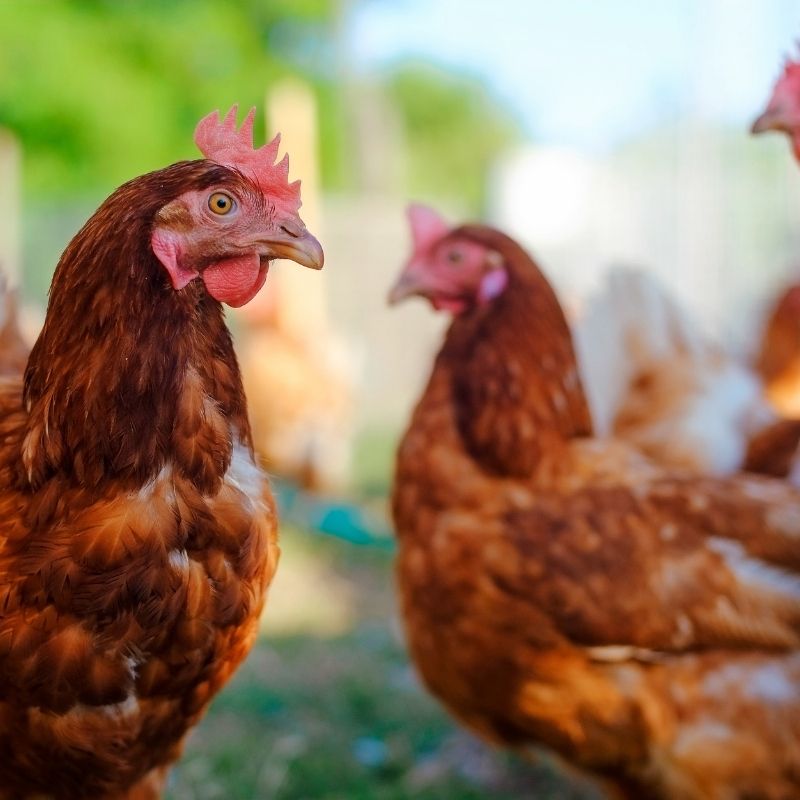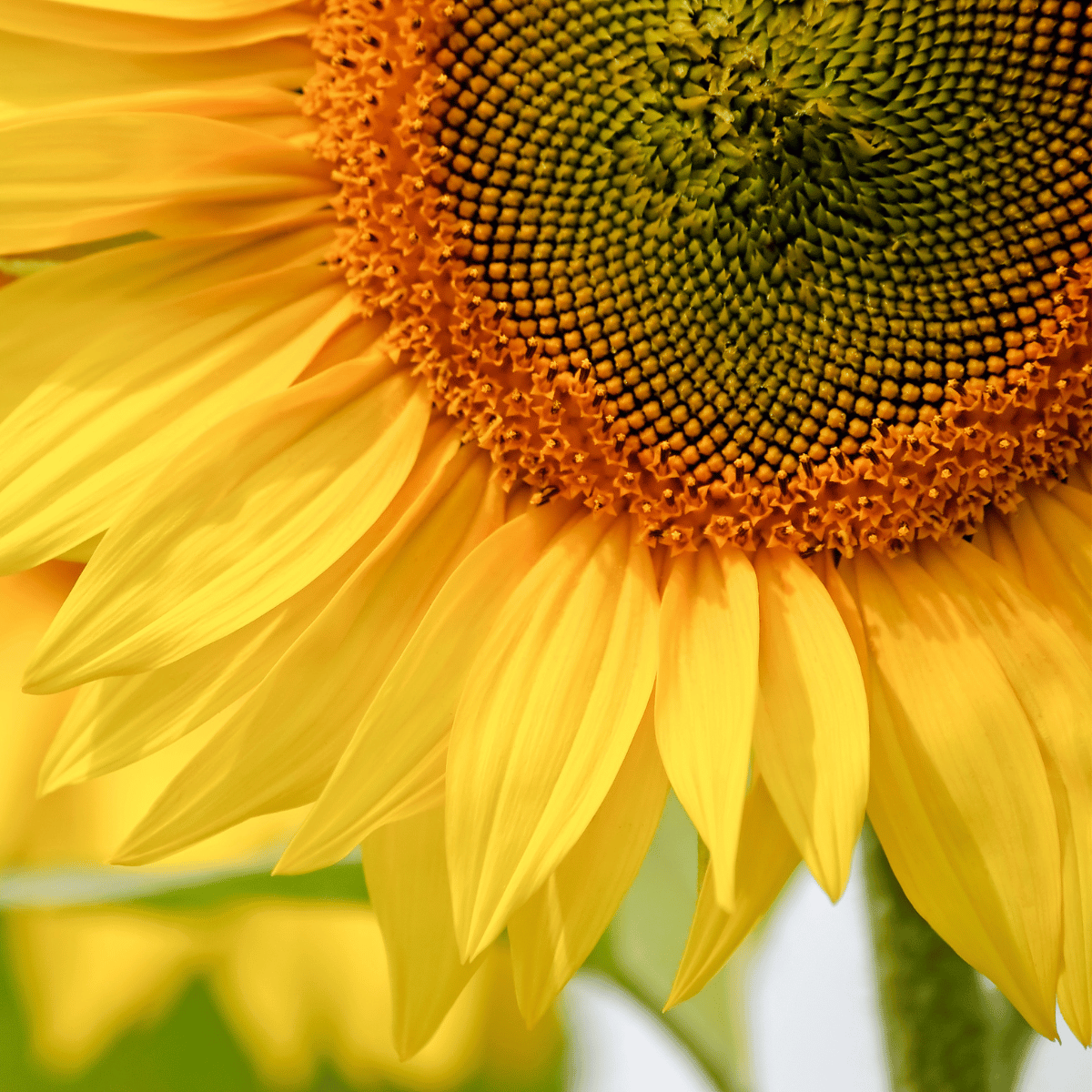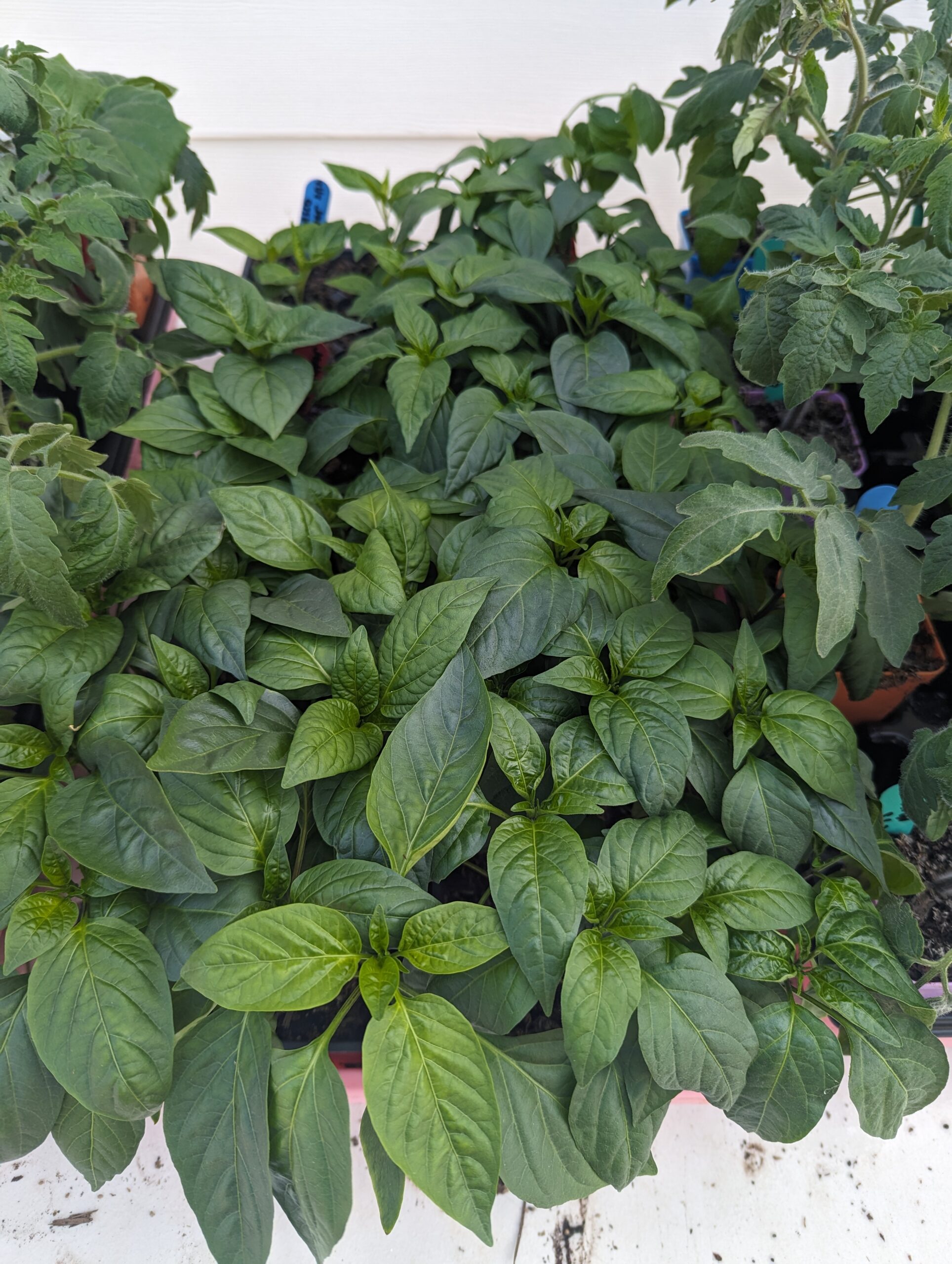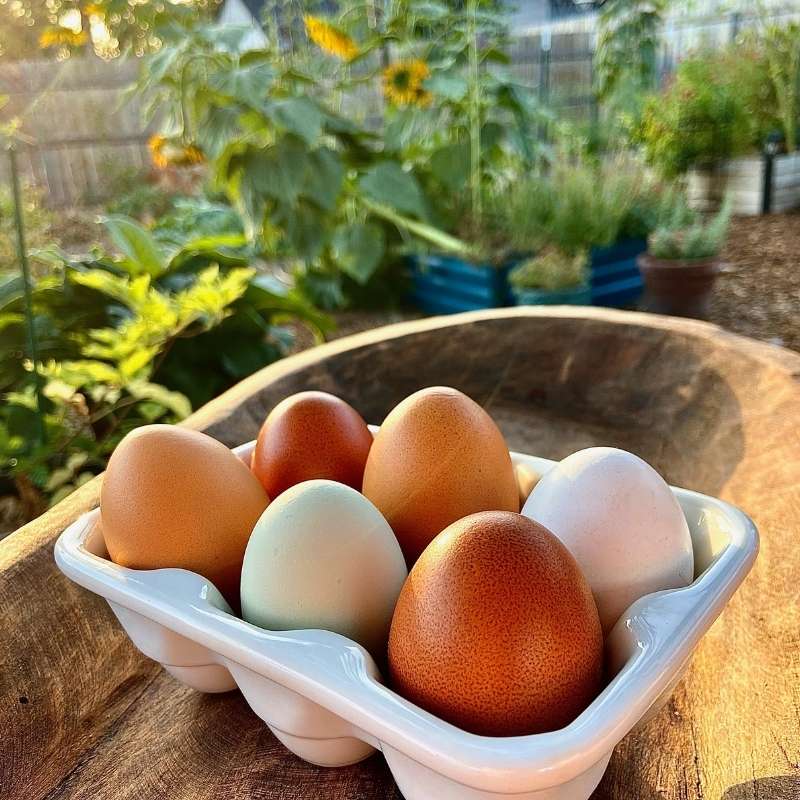How to Grow Dill from Cuttings: Super Simple Guide
Are you curious about how to grow dill from cuttings? Whether you’re an experienced gardener or a novice herb enthusiast, propagating dill from cuttings can be a rewarding and efficient way to expand your herb garden. Dill (Anethum graveolens) is prized not only for its culinary uses in dishes like dill pickles and salads but also for its medicinal properties.
In this how to grow dill from cuttings guide, we’ll explore the step-by-step process of growing dill from cuttings, from selecting the right parent plant to caring for your new dill plants throughout the growing season. Whether you have a sunny windowsill or a dedicated herb garden, this method allows you to enjoy fresh dill year-round.
Let’s dive into the details of this simple yet effective propagation technique.
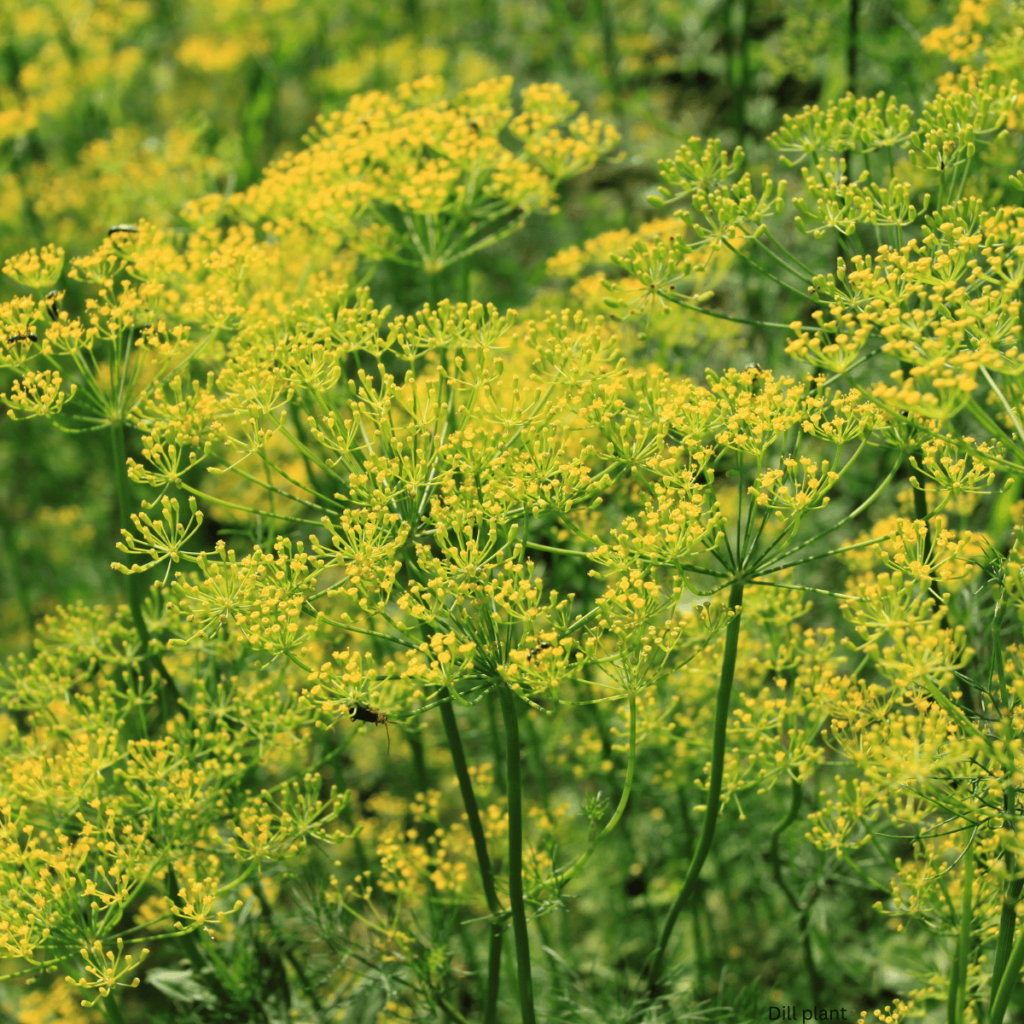
Preparing for Success
Choosing the Right Parent Plant
Selecting a healthy parent plant is crucial for successful propagation. Look for a dill plant that exhibits vibrant, green leaves without any signs of disease or pest infestations. Healthy parent plants provide strong genetic material that will contribute to the vigor and resilience of your new dill plants.
Healthy Plant Characteristics
When choosing a parent plant, prioritize those with robust growth and a bushy appearance. Avoid plants that are leggy or appear weak, as they may not propagate as successfully. Healthy plants not only root faster but also produce higher quality dill for culinary and medicinal purposes.
Importance of Making Clean Cuts with Sharp Scissors
Using sharp scissors to make clean cuts is essential for promoting successful root development in your dill cuttings. Clean cuts minimize damage to the plant tissue, reducing the risk of infection and allowing the cuttings to focus their energy on rooting and growth.
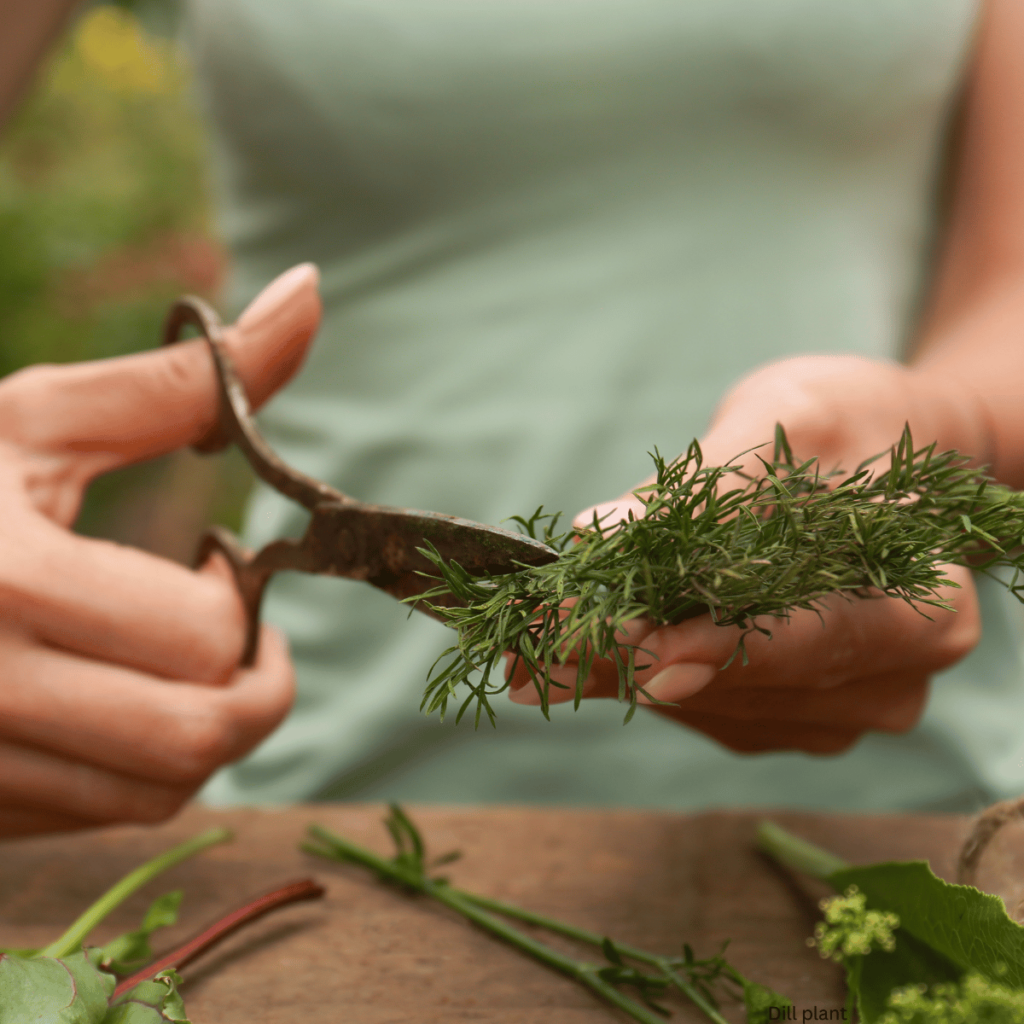
Necessary Materials
Gather these essential materials before starting your propagation process:
- Glass of Water: For rooting dill cuttings in water initially.
- Plastic Bag or Paper Bag: Used to create a mini greenhouse effect to maintain humidity around cuttings.
- Well-Draining Soil and Fertile Soil Mix: Prepare a mix that allows water to drain easily to prevent root rot while providing nutrients for healthy growth.
- Deep Pot or Large Container with Drainage Holes: Provide ample space for root development and ensure excess water can escape to prevent waterlogging.
Creating the Right Conditions
To maximize success, ensure the following conditions for your dill cuttings:
- Full Sun or Sunny Location: Dill thrives in full sunlight, so choose a location that receives at least 6-8 hours of direct sunlight daily.
- Warm Temperatures and Enough Light: Maintain temperatures above 60°F (15°C) and provide sufficient light for photosynthesis, either through natural sunlight or supplemental grow lights indoors.
- Good Air Circulation and Proper Care: Prevent common issues like spider mites and powdery mildew by ensuring adequate airflow around the plants. Regularly inspect for pests and disease, and provide appropriate care to maintain plant health throughout the propagation process.
Save for later!
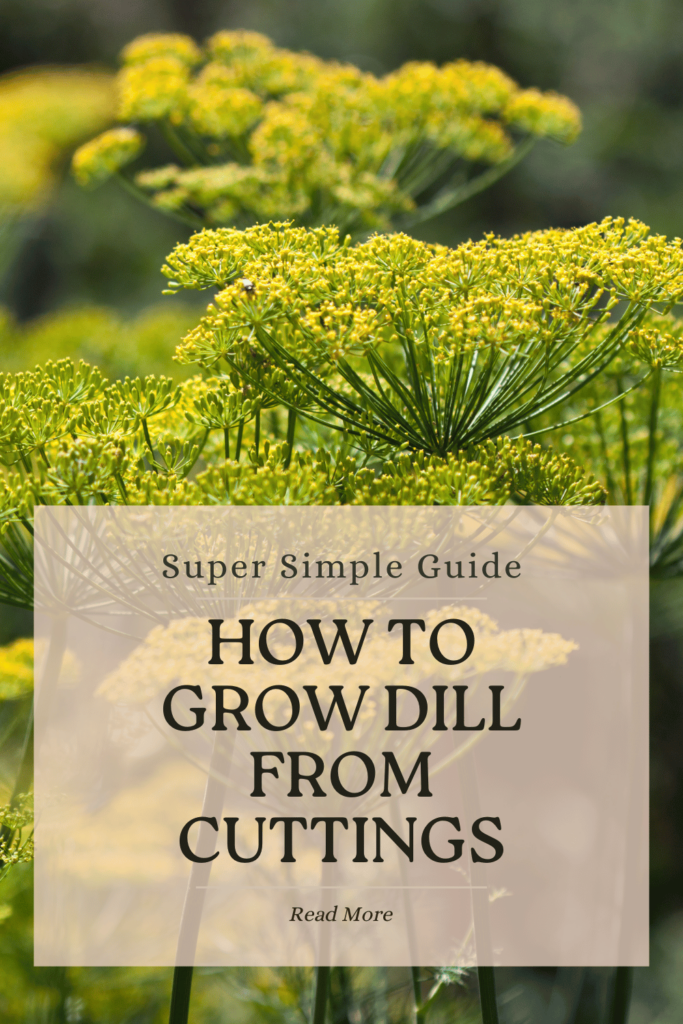
Step-by-Step Guide on How to Grow Dill from Cuttings
Step 1: Selecting and Cutting
To begin propagating dill from cuttings, follow these steps:
- Identify a Healthy Plant: Choose a dill plant that exhibits vigorous growth and is free from diseases or pests.
- Make Clean Cuts: Use sharp scissors to make clean cuts just below a leaf node. This ensures that the cutting has the potential for optimal root development.
- Choose Cuttings: Select cuttings that are 4-6 inches long, preferably from the top of the plant where growth is most active.
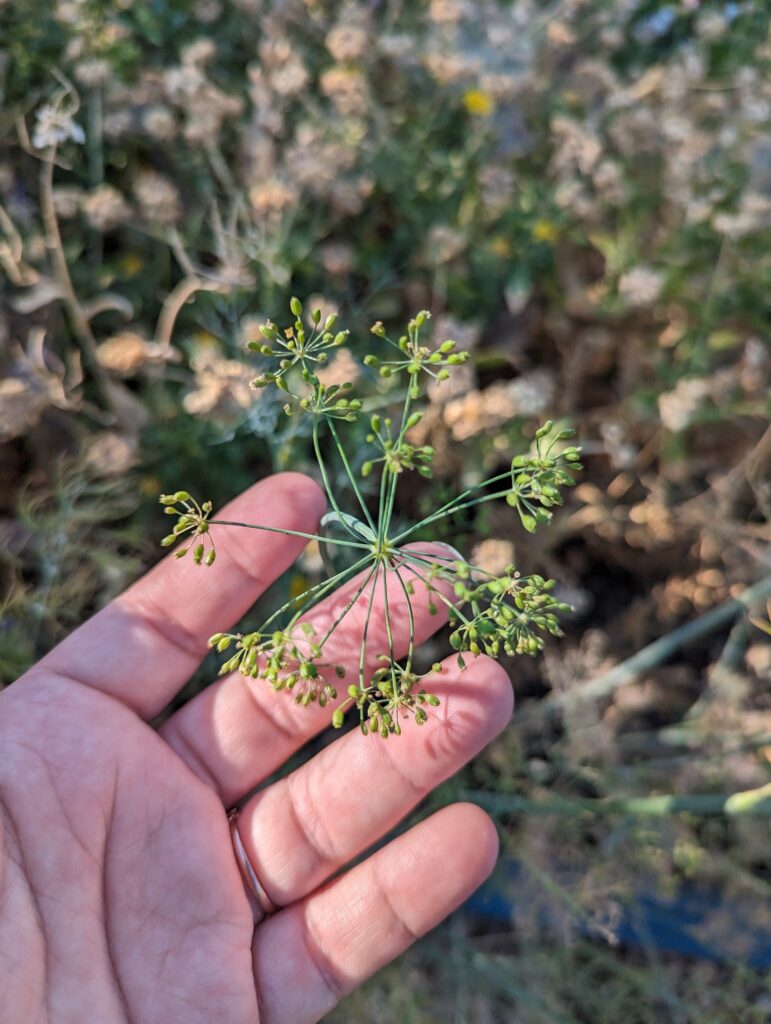
Step 2: Rooting the Cuttings
Once you have your cuttings, proceed with rooting them:
- Placement in Water or Soil: Place the cuttings in a glass of water or directly into moist soil. This initial step encourages the development of roots.
- Ensure Good Drainage: Whether in water or soil, ensure the medium allows for good drainage to prevent waterlogging, which can lead to root rot.
- Monitor Root Development: Keep an eye on the cuttings to monitor root growth, typically visible within a couple of weeks.
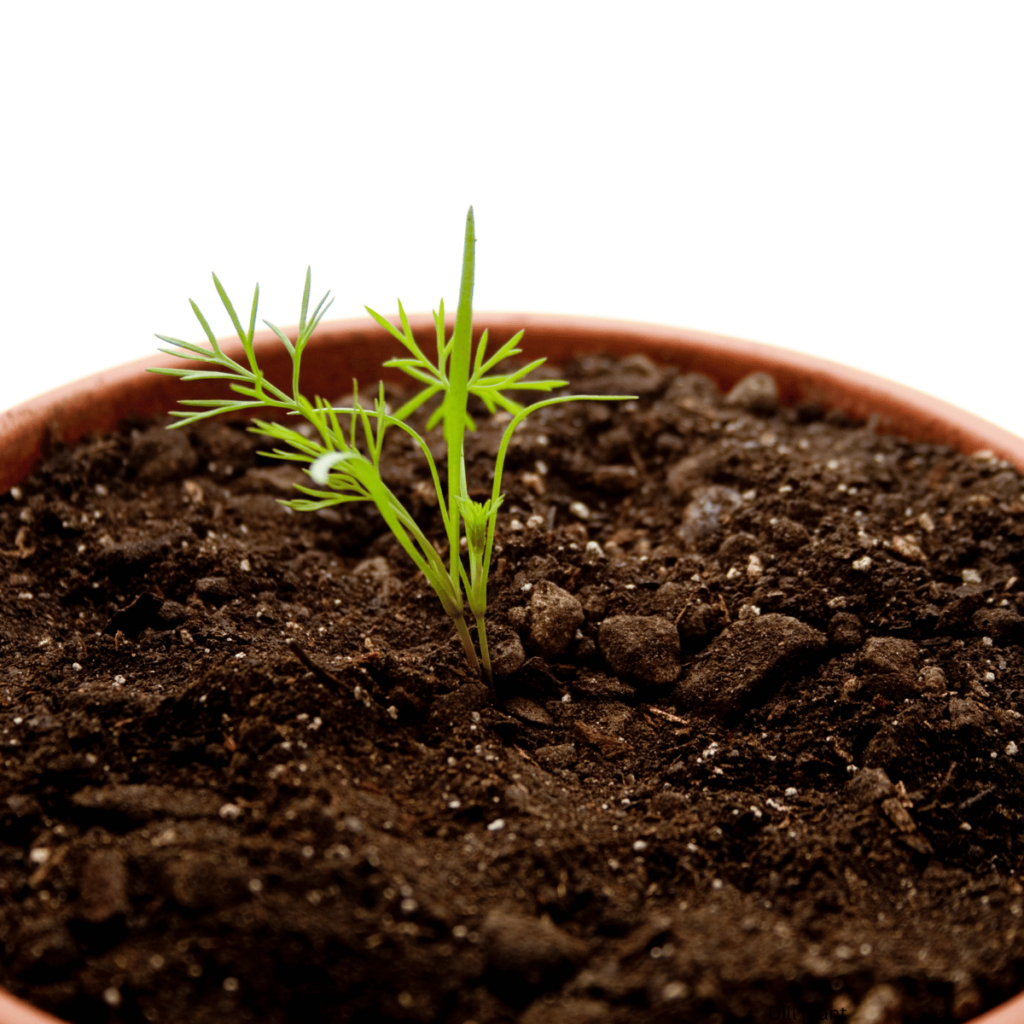
Step 3: Planting the Rooted Cuttings
When roots have developed sufficiently, it’s time to plant them:
- Prepare Well-Drained Soil Mix: Choose a well-drained soil mix and fill a deep pot or larger container with drainage holes. This provides ample space for root growth and prevents water stagnation.
- Transferring Cuttings: Gently transfer the rooted cuttings into the prepared soil, ensuring the roots are covered adequately.
- Ensure the Right Growing Conditions: Place the pot in a sunny windowsill or under a grow light indoors. Dill thrives in full sun, so ensure they receive at least 6-8 hours of direct sunlight daily for optimal growth and development.
By following these steps carefully, you can successfully propagate dill from cuttings and enjoy a continuous supply of fresh herbs for culinary delights and medicinal uses.
Care and Maintenance for Healthy Growth
Watering and Soil Moisture
Proper watering is essential for the health of your dill plants:
- Keep Soil Moist but Not Waterlogged: Dill prefers moist soil, but overwatering can lead to root rot. Ensure the soil drains well to prevent water from accumulating around the roots.
- Importance of Organic Matter: Incorporate organic matter into the soil to improve moisture retention and provide essential nutrients for healthy growth.
Sunlight and Location
Optimal sunlight exposure is key to vigorous dill growth:
- Full Sun and Plenty of Sunlight: Place your dill plants in a location that receives at least 6-8 hours of direct sunlight daily for robust growth.
- Partial Shade During Peak Sun Hours: In regions with intense sunlight, provide some shade during the hottest part of the day to prevent stress on the plants.
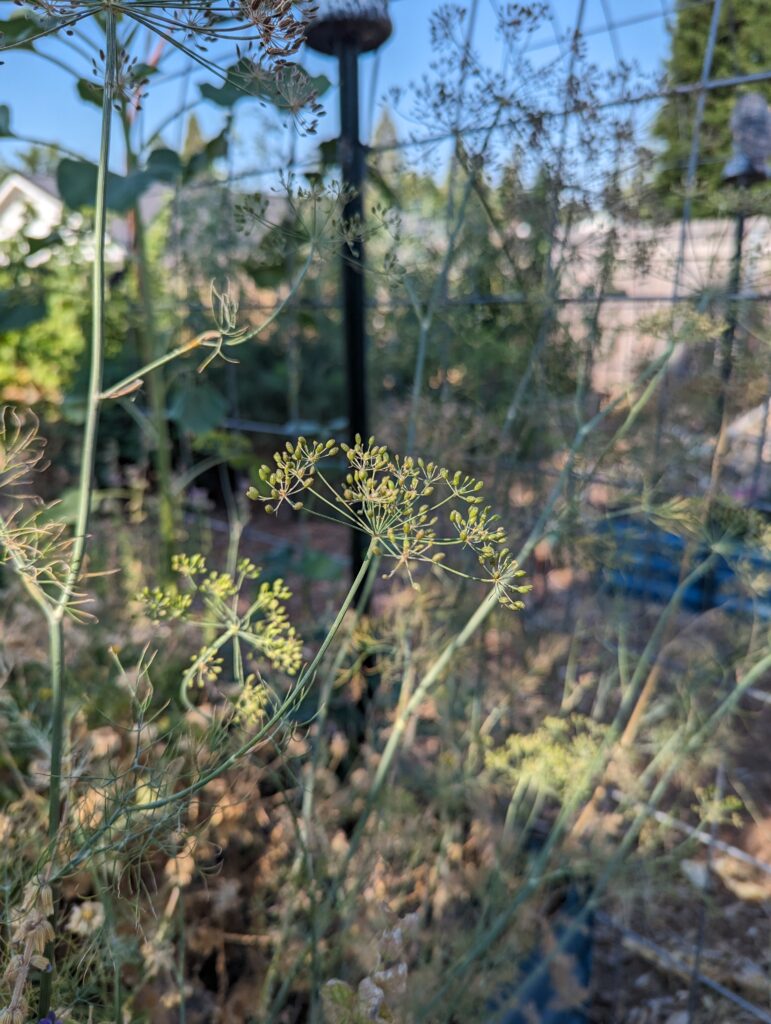
Fertilization and Soil Health
Maintaining soil fertility is crucial for dill’s nutritional needs:
- Using Compost or Organic Fertilizers: Regularly fertilize with compost or organic fertilizers to replenish soil nutrients and support healthy plant development.
Dealing with Common Problems
Prevent and address issues that may affect dill plants:
- Preventing Fungal Diseases like Powdery Mildew: Ensure good air circulation around plants and avoid overhead watering to reduce humidity levels that promote fungal growth.
- Protecting Against Pests like Spider Mites: Monitor plants regularly for signs of spider mites and take prompt action using organic pest control methods if detected.
Pruning for Bushier Growth
Promote bushier growth and productivity through regular pruning:
- Regular Trimming: Trim dill plants regularly to encourage new growth and maintain a compact, bushy shape.
- Using Proper Techniques: Use clean, sharp scissors for pruning to avoid damaging the plants and promote healthy regrowth.
By following these care and maintenance practices, you can ensure your dill plants thrive and provide a continuous supply of fresh herbs for culinary and medicinal uses.
Harvesting and Using Your Dill
When and How to Harvest Dill Leaves and Flower Heads
Harvesting dill at the right time ensures optimal flavor and freshness:
- Timing: Harvest dill leaves when they are young and tender, before the plant flowers. Harvest flower heads just as they begin to open for culinary and medicinal use.
- Method: Use sharp scissors to cut the stems just above the leaf nodes to encourage continuous growth.
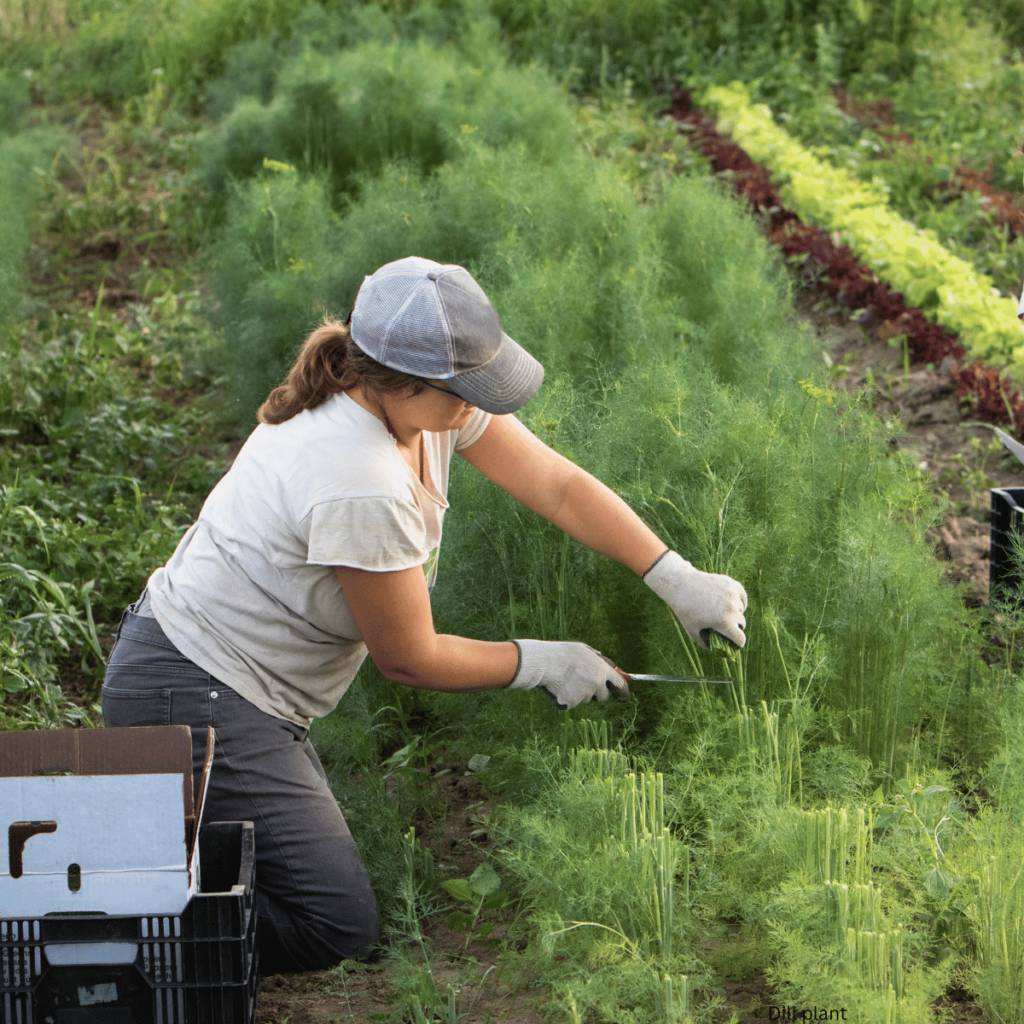
Proper Storage Methods for Later Use
Preserve the flavor of dill for future use with proper storage techniques:
- Drying Dill Using a Paper Bag: Place harvested dill in a paper bag, hanging it upside down in a dry, well-ventilated area. This method allows for air circulation while preventing dust accumulation.
- Storing in Plastic Bags or Containers: Store dried dill leaves or flower heads in airtight plastic bags or containers in a cool, dark place to maintain freshness.
Culinary Uses and Medicinal Properties of Dill
Explore the versatility of dill in cooking and its health benefits:
- Culinary Uses: Use dill to flavor salads, soups, stews, sauces, and dips. It pairs well with fish, potatoes, cucumbers, and eggs.
- Medicinal Properties: Dill is known for its digestive benefits and has been used traditionally to relieve gas, indigestion, and colic.
Check out Similar Posts!
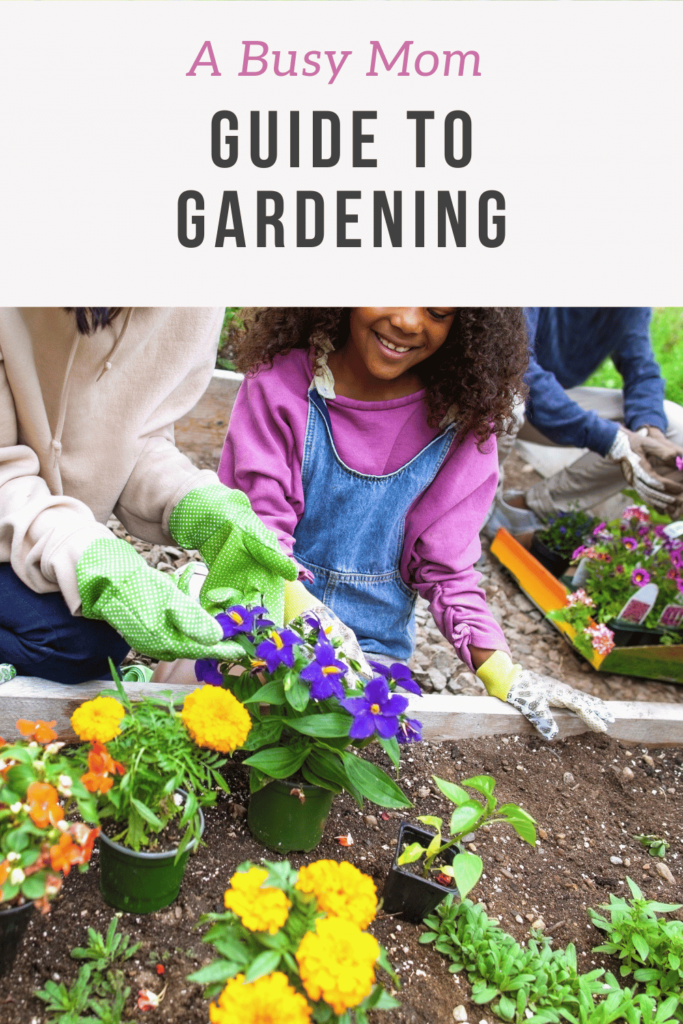
Tips for a Successful Dill Garden
Ensuring Good Drainage and Avoiding Overwatering
Maintain optimal soil conditions for healthy dill growth:
- Good Drainage: Plant dill in well-drained soil to prevent waterlogging, which can lead to root rot.
- Avoid Overwatering: Water dill plants moderately, allowing the soil to dry slightly between waterings.
Importance of High Humidity for Young Plants
Young dill plants benefit from increased humidity levels:
- High Humidity: Use a plastic bag or cloche to create a humid environment around young dill plants, promoting vigorous growth and preventing dehydration.
Providing the Right Conditions for Seed Production and Healthy Root Growth
Encourage seed production and strong root development for future growth:
- Seed Production: Allow dill plants to flower and produce seeds by providing adequate sunlight and nutrients.
- Healthy Root Growth: Ensure dill plants have enough space in well-drained soil to develop strong root systems.
Using Dill to Attract Beneficial Insects to Your Herb Garden
Harness the natural benefits of dill to attract beneficial insects:
- Beneficial Insects: Dill flowers attract pollinators like bees and butterflies, which contribute to the health of your garden ecosystem.
Summary of How to Grow Dill from Cuttings
Recap of Key Points for Growing Dill from Cuttings:
- Propagating dill from cuttings offers a quick and effective method to expand your herb garden.
- Ensure you start with healthy parent plants and provide optimal growing conditions for successful propagation.
Encouragement to Start Your Own Dill Garden:
- Embrace the rewarding experience of growing dill at home and enjoy the fresh, aromatic flavors it adds to your culinary creations.
Invitation to Share Personal Experiences and Questions in the Comments:
- We’d love to hear about your experiences growing dill from cuttings! Share your tips, questions, or success stories in the comments below.
Bonus! Culinary and Medicinal Uses of Dill
Dill (Anethum graveolens) is prized for its aromatic leaves and seeds, which are utilized in various culinary and medicinal applications:
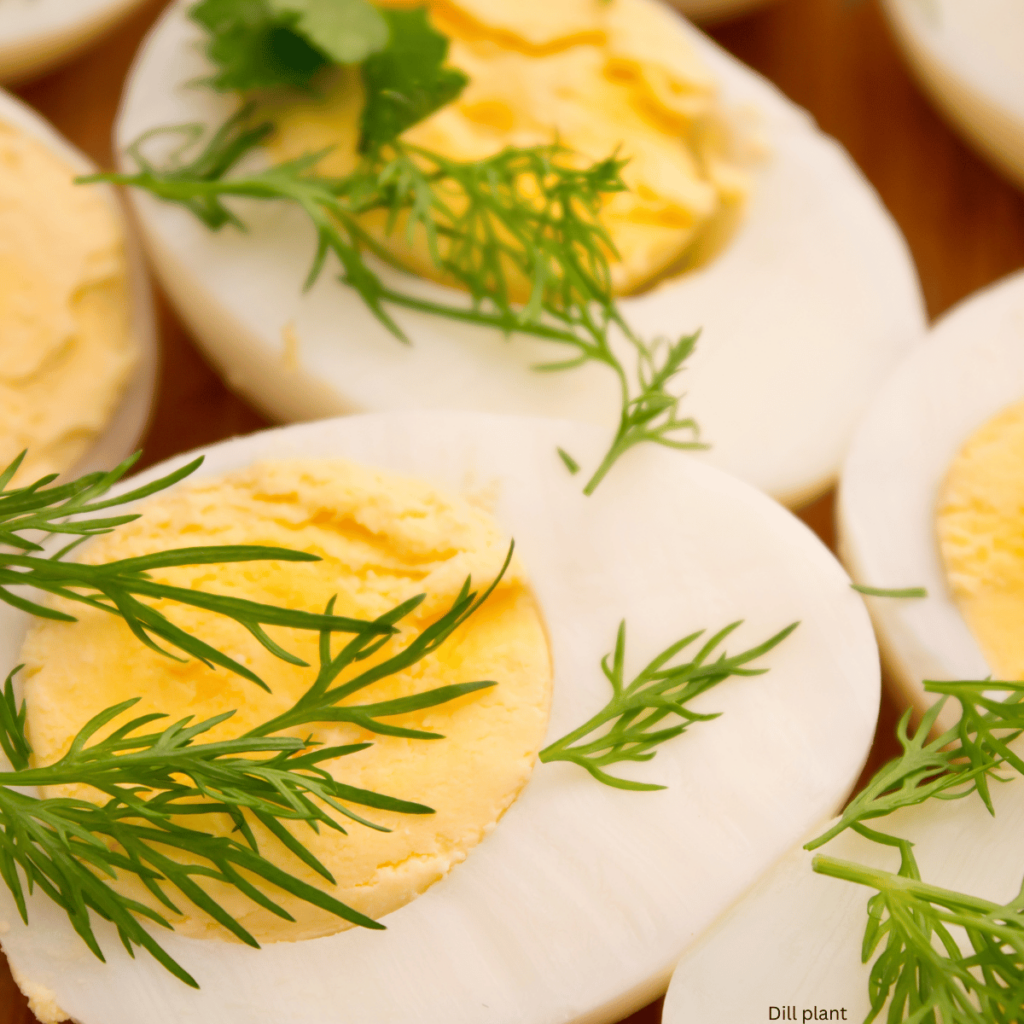
Culinary Uses: Dill is most commonly used to impart its distinctive flavor to a wide range of dishes:
- Salads: Fresh dill leaves add a refreshing and tangy flavor to green salads and pasta salads.
- Soups and Stews: Dill enhances the flavor profile of soups, stews, and broths, particularly those featuring seafood or vegetables.
- Pickles: Dill is a key ingredient in dill pickles, where its flavor complements the briny taste of pickled cucumbers.
- Fish and Seafood: Sprigs of dill are often used as a garnish or added during cooking to fish and seafood dishes, lending a fresh, herbal note.
- Sauces and Dips: Dill is a popular herb in sauces like tzatziki and creamy dill sauces, as well as in dips for vegetables and chips.
Medicinal Uses: Beyond its culinary role, dill possesses medicinal properties that have been utilized for centuries:
- Digestive Aid: Dill is known for its carminative properties, helping to relieve bloating, gas, and indigestion.
- Antimicrobial: Dill has antimicrobial properties that may help fight certain bacterial infections.
- Calming Effects: Dill has been traditionally used to promote relaxation and alleviate insomnia.
Whether incorporated into everyday cooking or used for its health benefits, dill remains a versatile and flavorful herb that enhances a variety of dishes while offering potential therapeutic effects.
Share How to Grow Dill from Cuttings
Subscribe to the Blog for More Gardening Tips.
Stay updated with the latest gardening insights and tips by subscribing to our blog.
Share the Article with Friends and Family Interested in Growing Fresh Herbs:
Help others discover the joys of growing their own dill and other herbs by sharing this article with your friends and family.
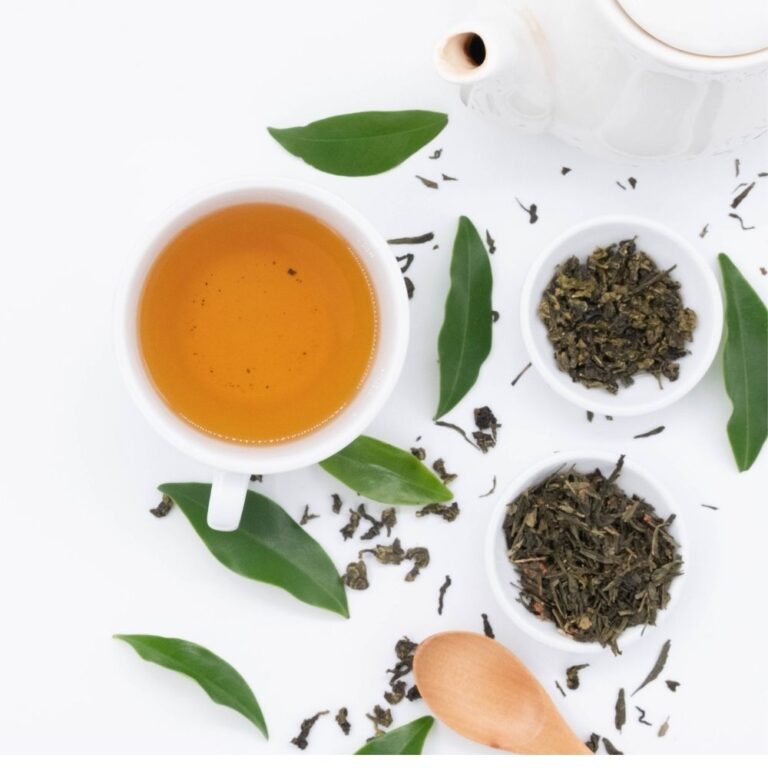
Green Tea Vs Herbal Tea: The Best Complete Tea Guide
Sharing is caring! Facebook Pinterest X Green Tea Vs Herbal Tea: The Best Complete Tea Guide Understanding the Differences Green tea vs herbal tea is a popular debate among tea lovers worldwide. Both offer unique flavors, health benefits, and caffeine content. Tea has a rich history and is enjoyed in many cultures. From Chinese green…
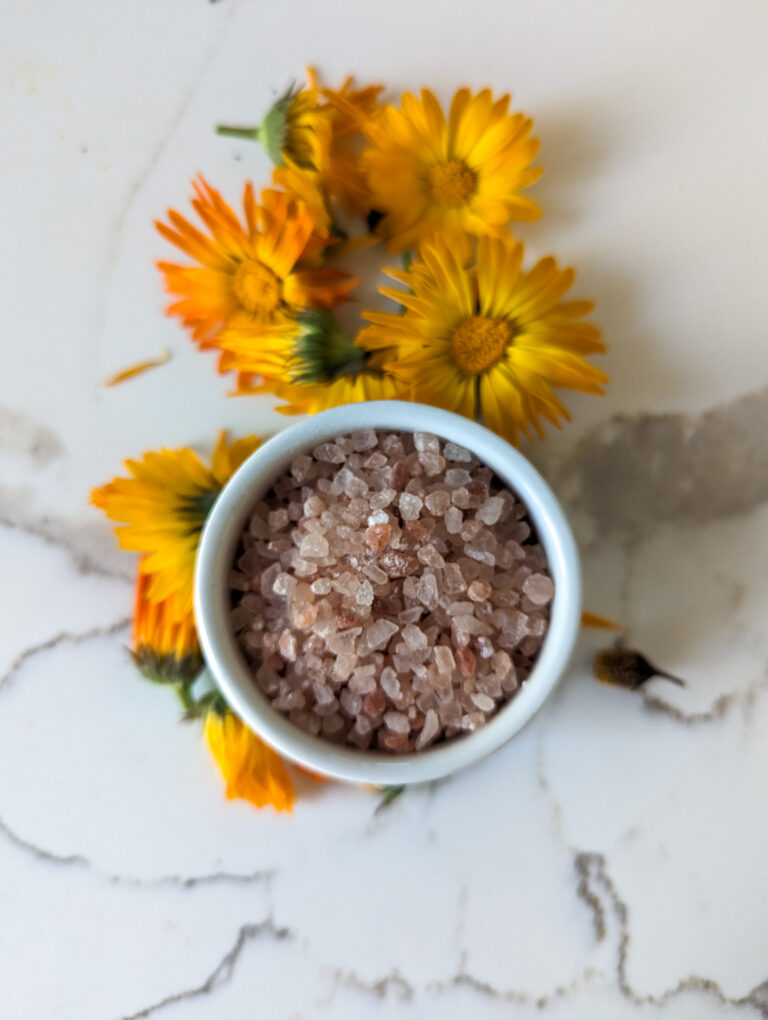
How to Make Bath Salts Without Epsom Salt: Free Recipe
How to Make Bath Salts Without Epsom Salt: Free Recipe How to Make Bath Salts Without Epsom Salt Homemade bath salts without Epsom salt are a great way to enjoy a luxurious soak. You can use natural ingredients like coarse sea salt, baking soda, and pink Himalayan salt for a soothing experience. A relaxing bath…
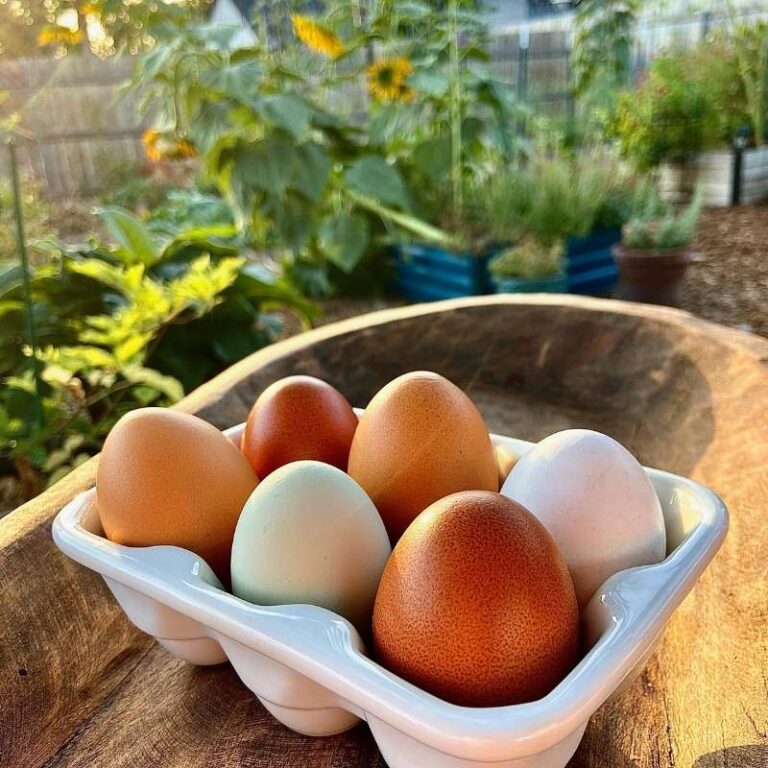
Homesteading in California: How to Start at Any Stage
Homesteading in California: How to Start at Any Stage How Homesteading in California is Possible Homesteading in California is a journey that looks different for everyone, depending on where you live in this vast and diverse state. From the deserts dotted with Joshua trees in the south, to the rugged mountain ranges in the north,…
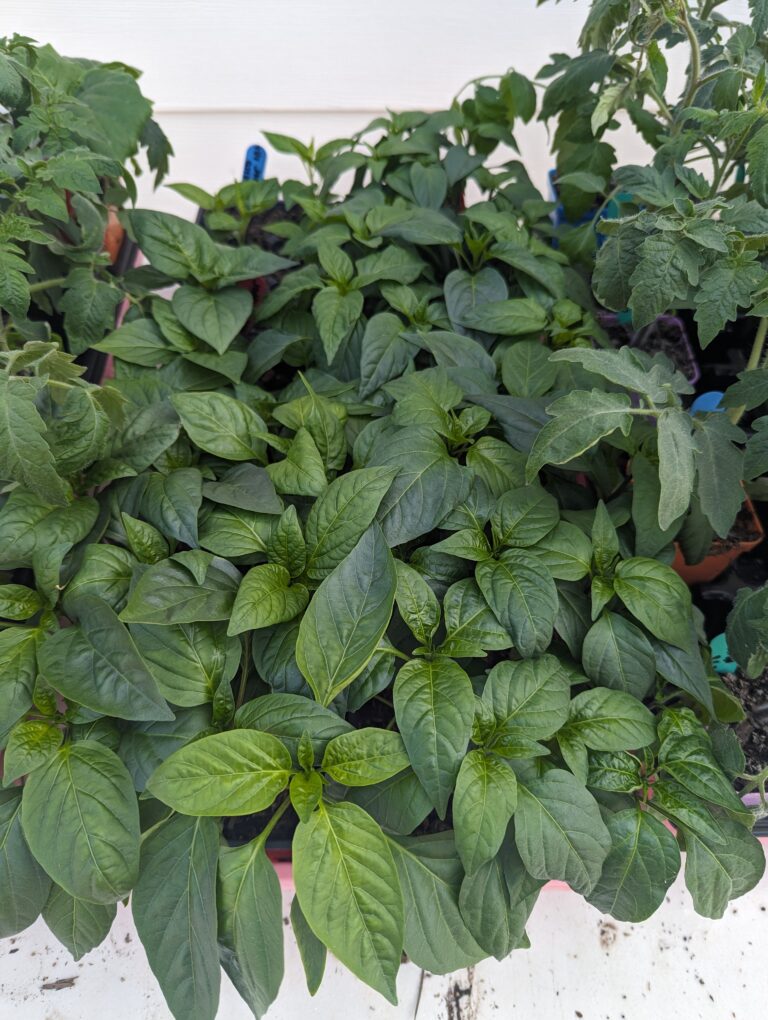
How to Make Peppers Grow Faster: Guide and Easy Tips
How to Make Peppers Grow Faster: Guide and Easy Tips How to make peppers grow faster is a common question among home gardeners seeking to maximize their growing season. Whether you’re nurturing sweet peppers, green peppers, or hot pepper plants, creating ideal conditions is essential for pepper success. The best way to achieve healthy pepper plants…
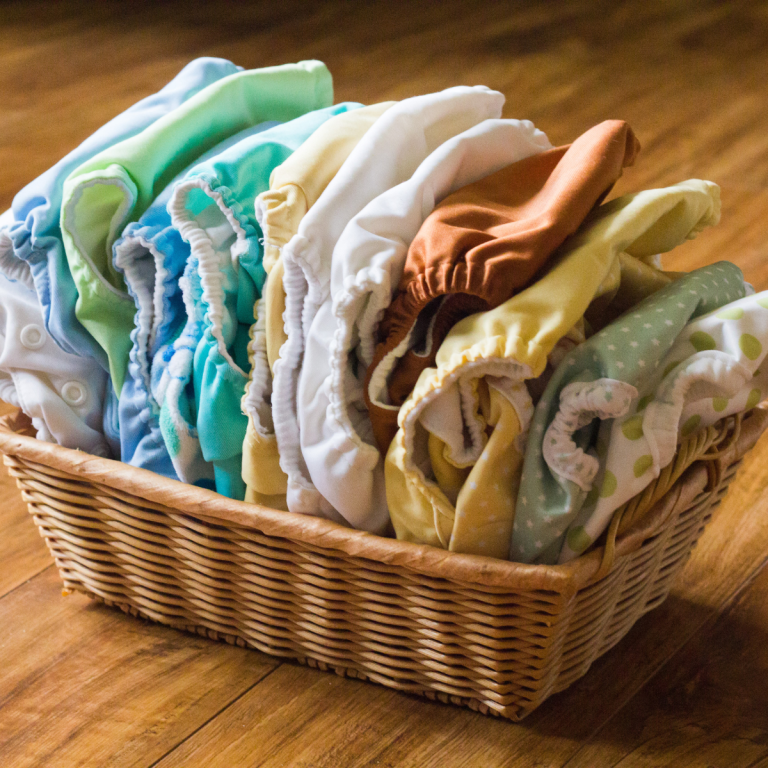
The Different Types of Cloth Diapers: Ultimate Guide
The Different Types of Cloth Diapers: Ultimate Guide The different types of cloth diapers offer a sustainable and eco-friendly alternative to disposable diapers for your baby. As a mom of five and a Registered Nurse, I’ve seen the many benefits of reusable cloth diapers firsthand. This guide will help you understand the major types of…

The Best Doula Bag Essentials Kit for Birth and Postpartum
The Best Doula Bag Essentials Kit for Birth and Postpartum The Best Doula Bag Essentials Kit for Birth and Postpartum A well-stocked doula bag is essential for supporting women during birth and postpartum. As a Registered Nurse, mother of five, and former Navy Hospital Corpsman, I’ve experienced the birthing world from many angles. I’ve worked…


